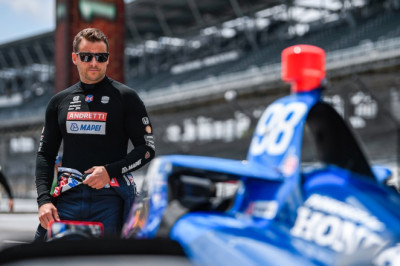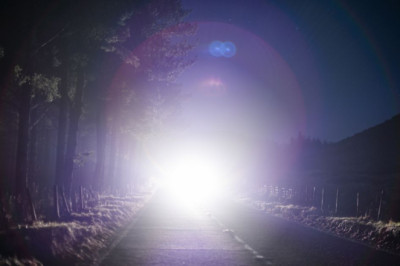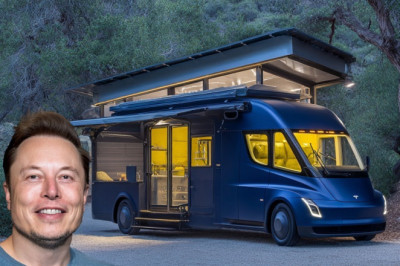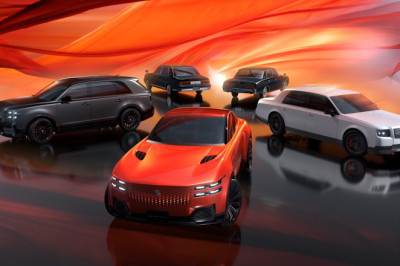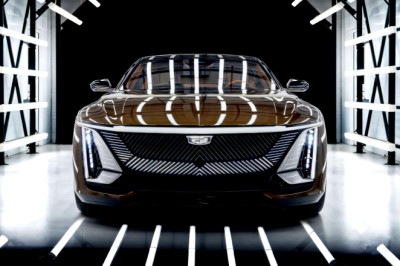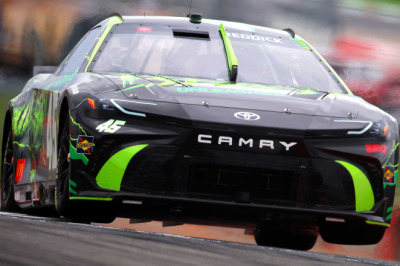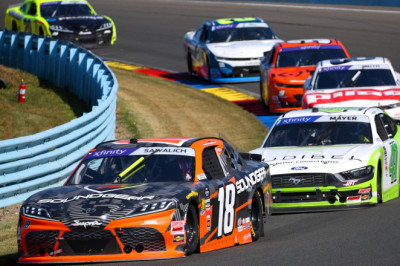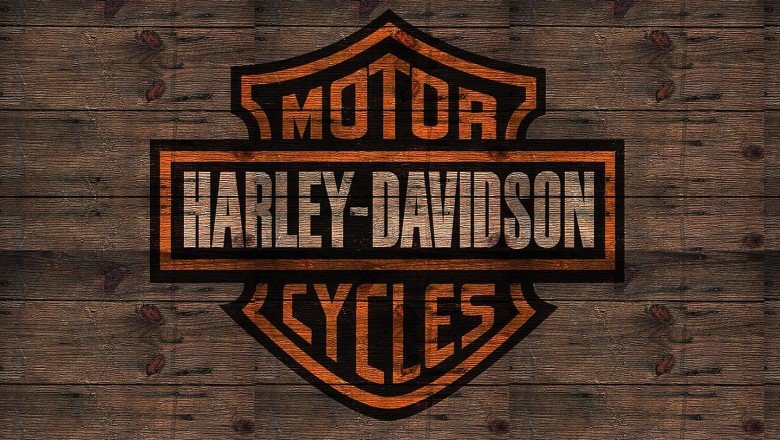
Their First Bike Was Built in a Shed
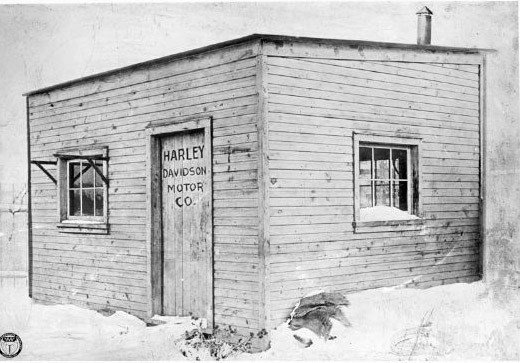
A lot of the biggest, most successful companies in the world have come from very humble beginnings. However, there may not be a single firm that has had as humble of a start as the Harley-Davidson Motor Company. Their very first motorcycle was created in a ten by fifteen-foot wooden shed, with the words “Harley-Davidson” scrawled crudely into the door. This first bike had a very small motor and was little more than a normal bicycle that had been converted to something that was gasoline-powered. Though Harley-Davidson did not officially release a production model of this bike until two years later, records indicate that they had at least a functional prototype by 1903. The 1905 version of the bike was functionally similar, with a few minor improvements to increase the likelihood that they would sell.
The First Harley-Davidson Carburetor Was Made From a Tomato Can (maybe)
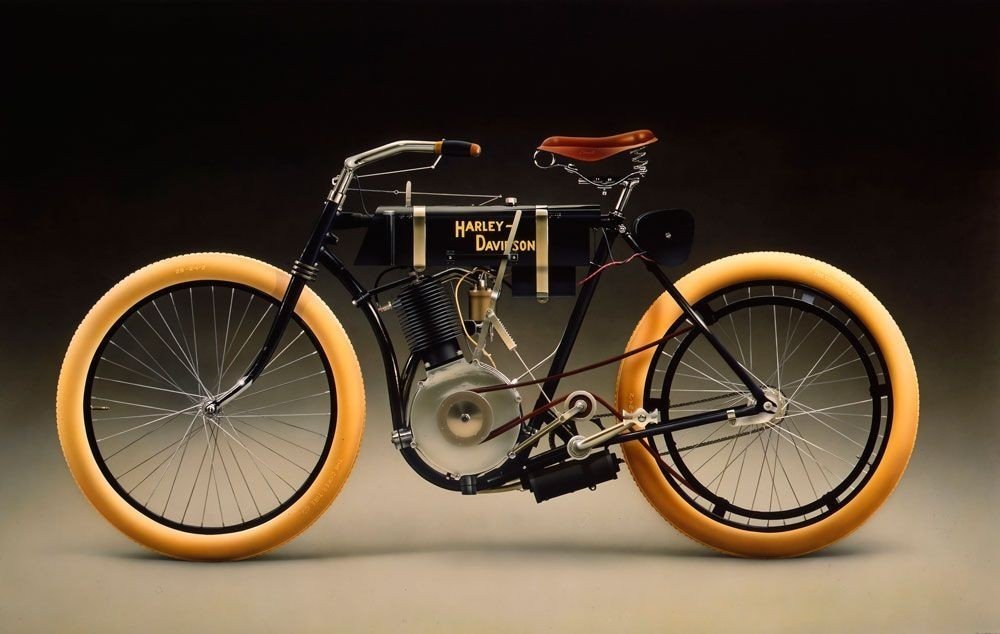
According to many sources, the first Harley-Davidson motorcycle had a single-cylinder engine, a top speed of 25 mph -- and used a tomato can for a carburetor. Unfortunately, this one may be more fiction than fact. While online reference Encyclopedia.com cites it as part of the company's history, and the book Everything You Need to Know: Harley-Davidson Motorcycles mentions it as part of Harley lore, others are more skeptical.
In another book, At the Creation: Myth, Reality, and the Origin of the Harley-Davidson Motorcycle, 1901-1909, author Herbert Wagner discounts the story. The grandson of the company's founder, Willie G. Davidson, is also doubtful, noting, "I can't see them settling for something so primitive."
Regardless, cool story, bro, and it's one we'd like to believe is true.
They Were One of Only Two Motorcycle Manufacturers to Survive the Depression

When the Great Depression hit in 1929, many firms struggled to stay afloat in these trying times. Motorcycle companies were no exception – many people saw this type of transportation as a luxury, rather than a necessity, leading to their downfall. However, Harley-Davidson, alongside Indian Motorcycle Company, managed to survive the Great Depression. Despite the dismal economic conditions, they were able to continue business during the Great Depression. It is notable that the company relied on creating industrial engines for some time, solely for the purpose of keeping some sort of revenue flowing, no matter how little. However, they ended up having enough cash to release a brand-new motorcycle design in 1932 – the three-wheeled Servicar (which was produced until 1973).
A Harley-Davidson Was the First to Average over 100 Miles Per Hour
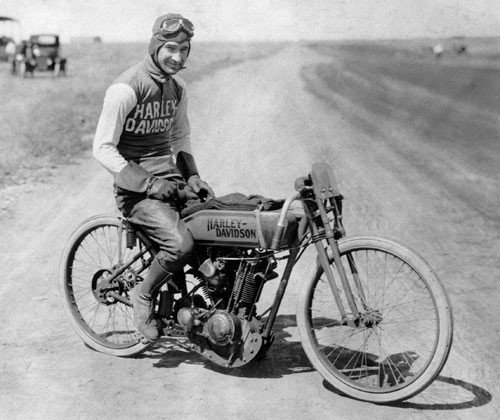
The Harley-Davidson Motor Company had originally signed and sponsored a racer named Otto Walker in 1914. Though he ended up getting injured soon after his initial contract, he returned to the scene and participated in the first major race that Harley-Davidson had a stake in. This was a 300-mile race that took place in Venice, California. However, it was not until a few years later that Otto Walker broke records on a Harley. When he won a race in 1921, it was determined that his average speed had been over 100 miles per hour for the entire run. This was the first time that anyone had brought a bike to these kinds of speeds consistently throughout an entire long race.
"Potato, Potato, Potato"
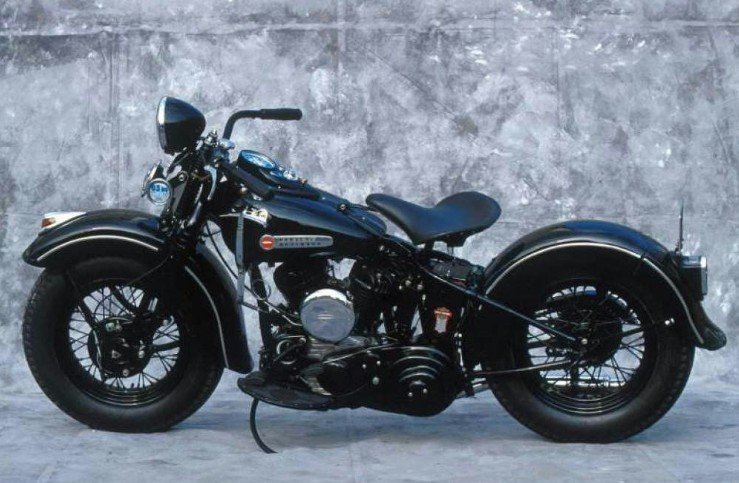
There is a Mechanical Reason Behind the Harley “Sound”. The first Harley-Davidson motorcycle engines were designed to use only one set of ignition points, and they lacked a distributor. Thus, both sparks would fire at the same time, regardless of which cylinder was actually active. This helped create the initial Harley ‘sound’. The main force behind the throaty growl of a Harley motor is the 45-degree motor. Because of this particular motor arrangement, there are distinct, uneven intervals between the firing of the cylinders. This causes the sound that Harley-Davidson motorcycles are known for. The firm even tried to trademark the sound at one point but were denied due to the high likelihood of other bikes having a similar sound. It was simply unenforceable.
The Oldest Harley-Davidson Club Was Founded in 1928
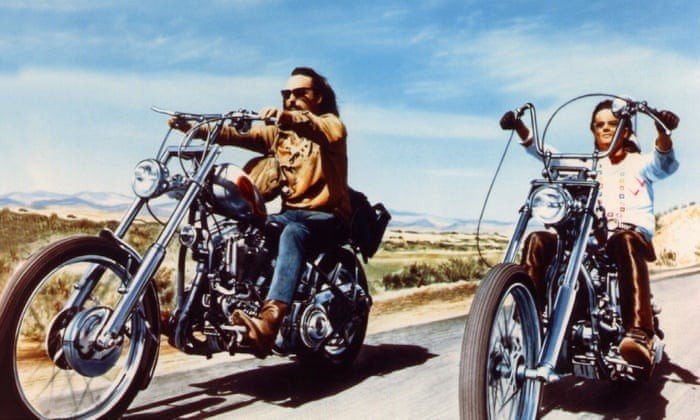
Back in 1928, famous Czech racer and Harley-Davidson rider B. Turek decided to get married. About sixty fellow Harley-Davidson riders attended his wedding. To the dismay of his new wife, it was during the reception that they elected to meet up more often thus forming the very first Harley-Davidson club. This club, which is based in Prague, will be celebrating their 90th anniversary this year. This is quite an accomplishment – especially considering the fact that they barely survived World War Two. In fact, only about 10% of the members that were in the club before the war remained active afterwards. Despite this, the club remains open to this day and holds the title of the oldest Harley-Davidson organization.
Ironically, They Used to Push the Quietness of their Motorcycles

If you look at most ads for Harley-Davidson motorcycles today, you will see that they generally focus on the outlaw, loud, brash side of motorcycling. This mentality is deeply-ingrained into biker culture and has been since at least the 1960s. However, their ads were not always as blatant and brusque. The earliest Harley-Davidson ads on record show that the company initially prided itself on being quiet and refined. In fact, the ads often featured illustrations of respectable-looking men and women, giving the bikes a civilized air. They also marketed their first motorcycles as “The Quiet Gray Gentleman”. This is an interesting juxtaposition to the ads we see today.
The ‘Hog’ Nickname Came from a Real Hog
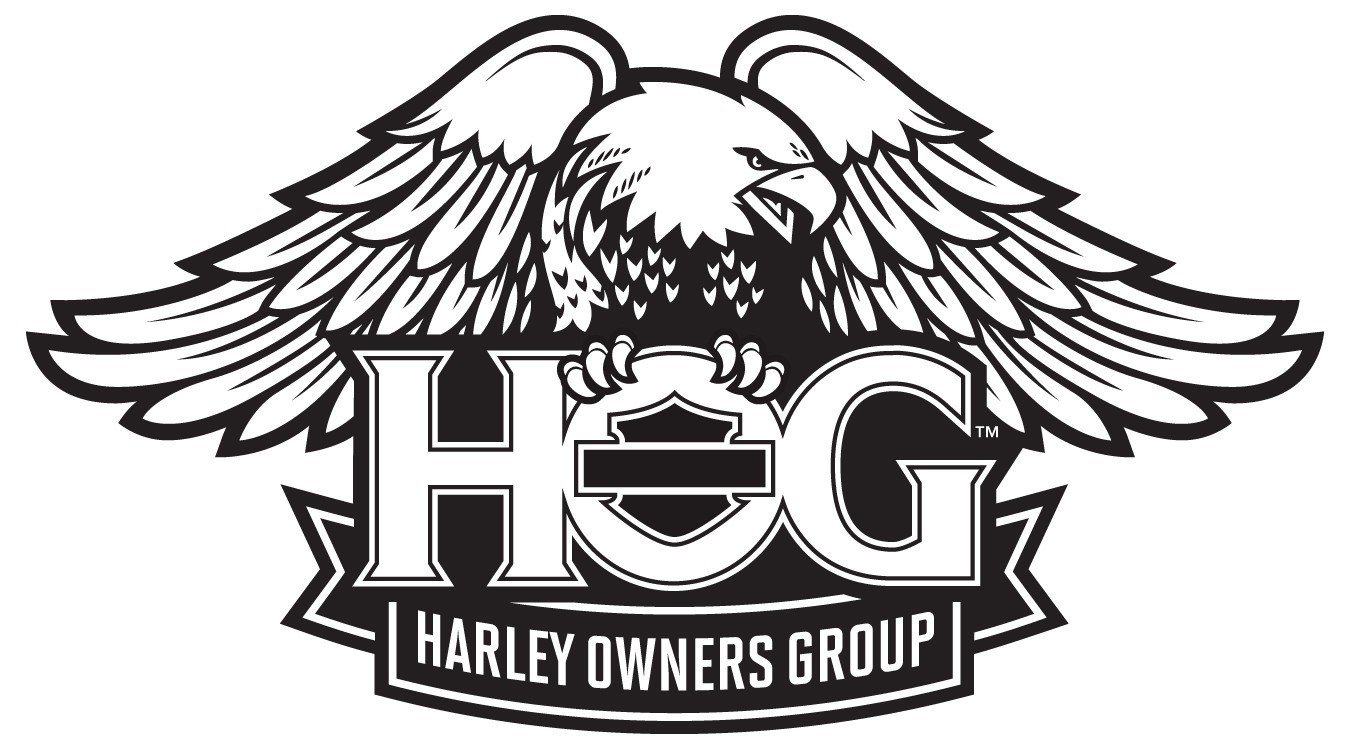
A lot of people who ride Harley-Davidson motorcycles lovingly refer to their preferred method of transport as a ‘hog’. This term originates from a group of farm boys who often raced on their motorcycles in the 1920s. They had a pig for a mascot and would even take him for victory rides after winning a race. Harley-Davidson embraced the term, and even formed the acronym H.O.G. to stand for Harley Owners Group. They also tried to trademark the term but were denied as it was too commonly used to refer to other brands of motorcycles. However, they did manage to change their NYSE demarcation from HDI to HOG in 2006.
They Can Jump Pretty Far if You've Got a Deathwish

In 1975, the most famous stuntman in the world hopped on the back of a Harley-Davidson and broke the world record for longest jump over 14 Greyhound buses. The man was Evel Knievel, and the bike was an XR-750. Knievel had used Harleys almost exclusively for many of his physics-defying stunts. With this jump, he held the record distance for many years at 133 feet.
In 2008, his record was finally surpassed by Bubba Blackwell on another XR-750. Blackwell also attempted to break Knievel's 22 car jump record in 2001. But instead of breaking the record, he broke himself. The near-fatal stunt ended with Blackwell in a coma for several months.
Mean Green Machine
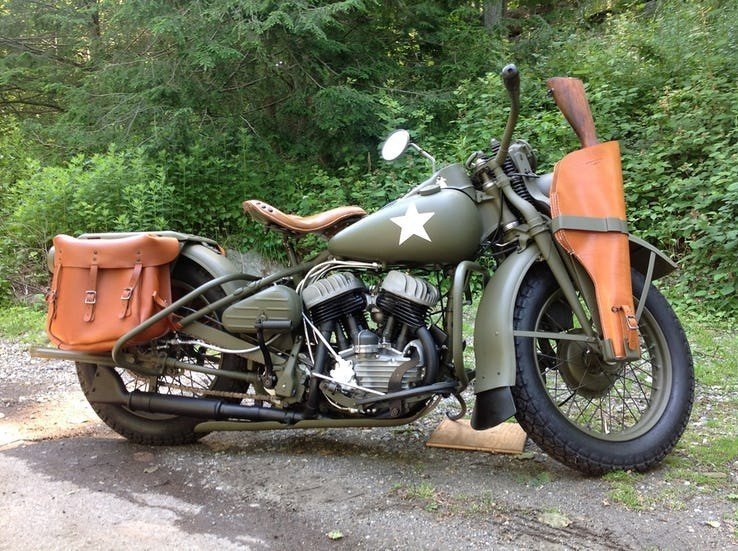
Despite its military background and olive drab paint color, many Harley-Davidson riders refuse to ride a green motorcycle. Ever since World War II, there has been a negative connotation with green Harleys.Superstitious riders say the color is bad luck. Most assume this stems from the fact that Harleys were brought back from the war, refurbished and resold, resulting in unreliable bikes that would break down frequently.
Others say that the stigma comes from their early racing days. The Harley-Davidson team was often beat by British motorcycles, whose team color was green. Another rumor is that green bikes are dangerous to drive because they blend in with nature, making you more at risk of getting hit. If you're superstitious, you might consider picking any other color for your next Harley-Davidson motorcycle.





